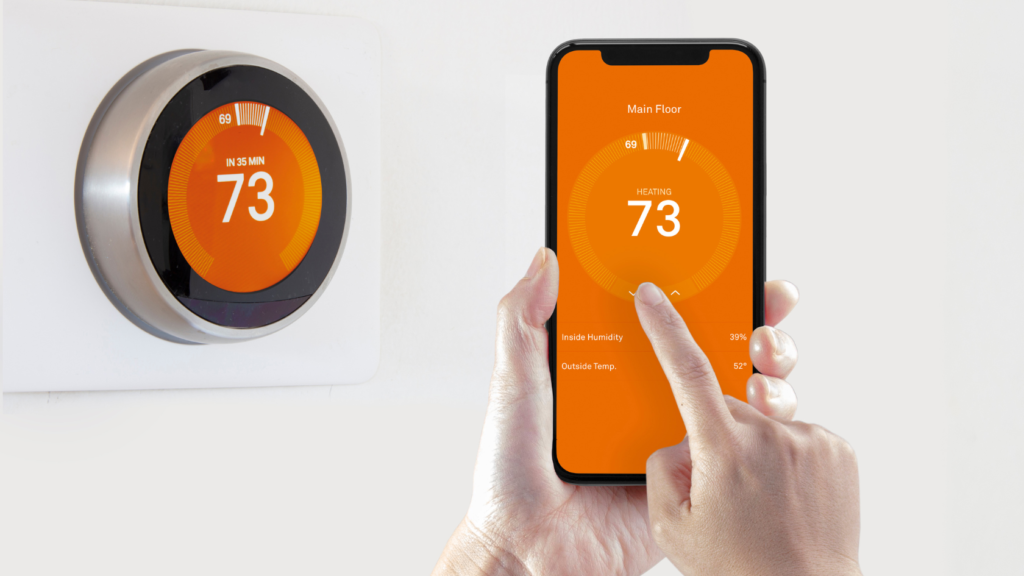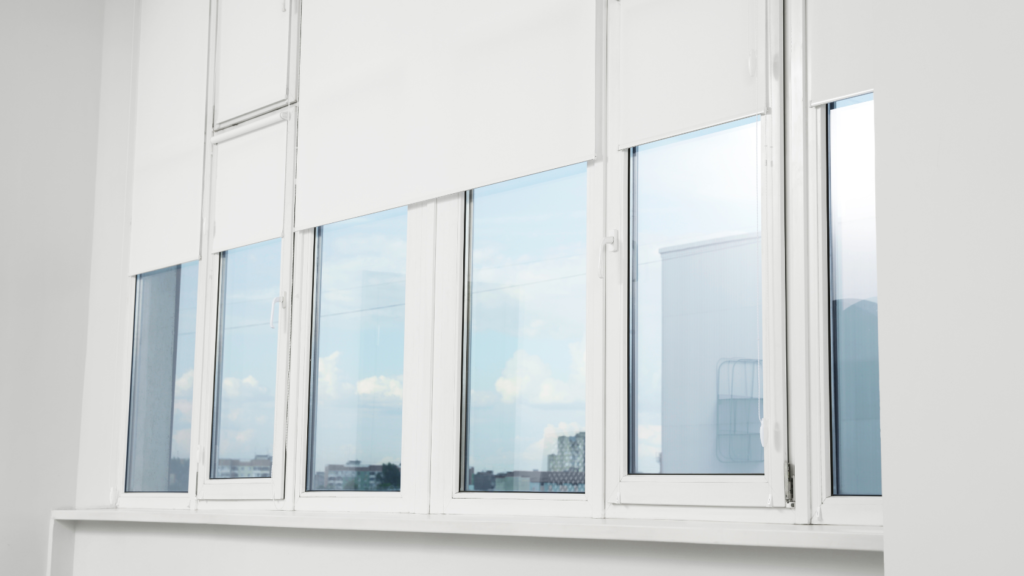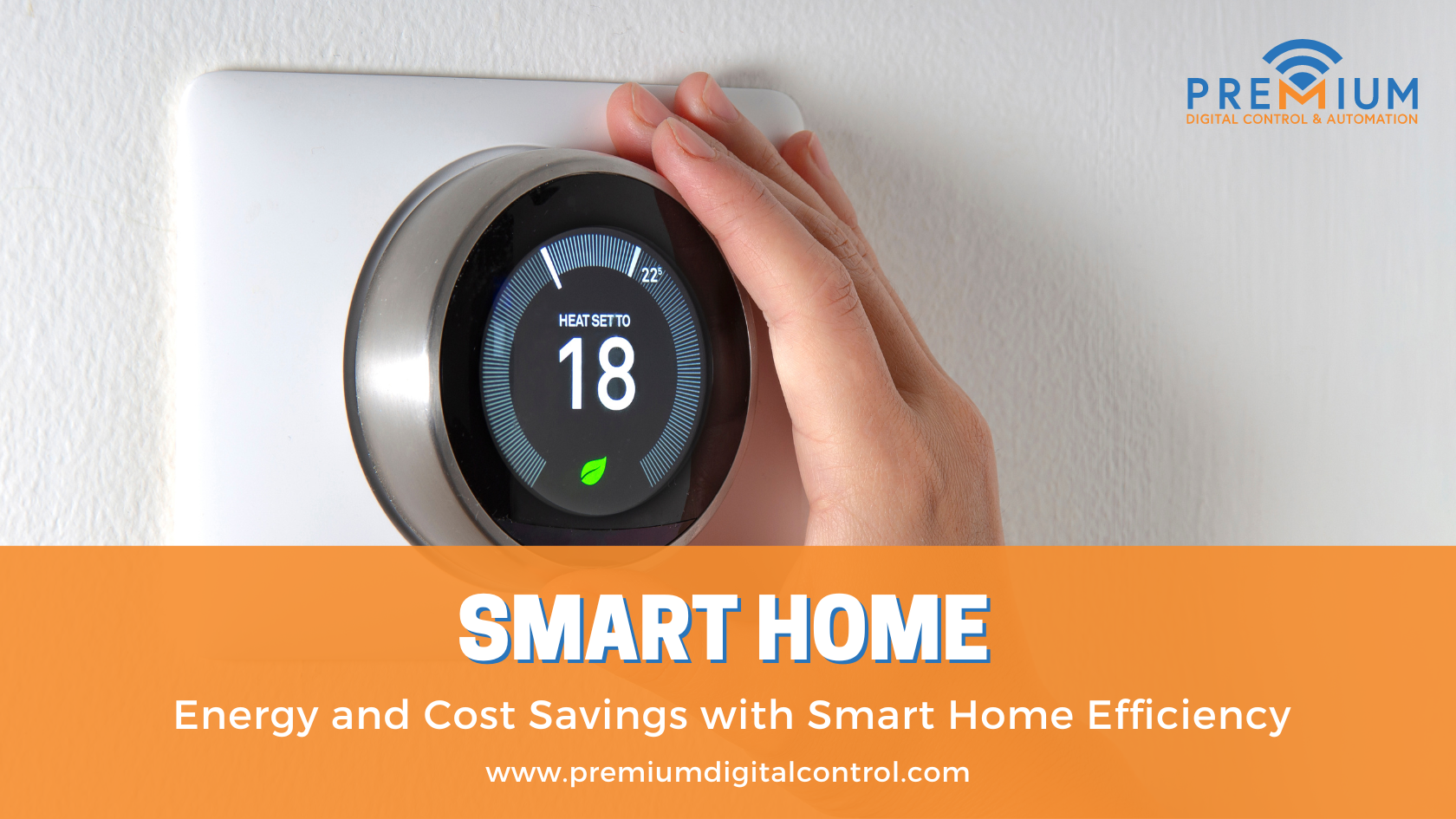In an era where energy conservation and sustainability are paramount, smart home efficiency has emerged as a remarkable solution to reduce energy consumption and lower utility costs. By integrating advanced technologies and automation into our living spaces, homeowners can not only contribute to a greener future but also enjoy substantial savings on their energy bills. In this article, we will delve into the realm of energy-efficient smart home devices, with a particular focus on smart thermostats and energy monitoring systems.
Let’s explore the numerous benefits and potential cost savings that these devices offer in promoting a more environmentally conscious lifestyle.
Smart Thermostats: Intelligent Climate Control
One of the most prominent contributors to smart home efficiency is the smart thermostat. These intelligent devices offer homeowners precise control over their home’s heating, ventilation, and air conditioning (HVAC) systems. By utilizing advanced sensors and machine learning algorithms, smart thermostats can optimize temperature settings based on occupancy patterns, weather conditions, and personal preferences.
Learn more about what is a smart home.
The energy-saving potential of smart thermostats lies in their ability to learn from user behavior and make automatic adjustments to reduce unnecessary energy consumption. For example, if no one is at home during the day, a smart thermostat can lower the temperature to save energy, and then adjust it back to a comfortable level just before occupants return. This level of personalized automation helps minimize energy waste without compromising comfort.
Studies have shown that smart thermostats can lead to significant energy savings. The Department of Energy estimates that homeowners can save up to 10% annually on heating and cooling costs by utilizing programmable thermostats, which are a precursor to smart thermostats. With the added features and intelligent algorithms of smart thermostats, these savings can be even more substantial.
Smart Home Efficiency with Smart Thermostats

Smart home efficiency not only contributes to a greener planet but also provides tangible cost savings. By optimizing energy consumption and reducing waste, homeowners can witness a significant decrease in their utility bills. The precise savings depend on various factors, including the size of the home, local energy rates, and the extent of automation implemented.
Smart thermostats, with their ability to regulate heating and cooling systems intelligently, can lead to substantial savings on HVAC-related energy expenses. Estimates suggest that homeowners can save around 10-15% on heating costs and up to 15% on cooling costs by utilizing smart thermostats. Over time, these savings can accumulate, resulting in a considerable return on investment for the initial cost of the device.
Energy monitoring systems, on the other hand, empower homeowners to identify energy-guzzling appliances and behaviors that contribute to excessive energy consumption. By addressing these inefficiencies, homeowners can make significant reductions in their electricity bills, potentially saving up to 20% or more.
How Smart Home Technology Helps with Energy Efficiency
Smart home technology has revolutionized the way we interact with and manage our homes, providing us with powerful tools to enhance energy efficiency. By leveraging the capabilities of connected devices and intelligent automation, homeowners can optimize energy consumption, reduce waste, and make informed decisions to promote sustainable living. Learn more about smart home technology.
Let’s explore some key ways in which smart home technology aids in energy efficiency:
1. Remote Energy Management: Smart home devices enable homeowners to remotely monitor and control various aspects of their energy usage. Whether it’s adjusting thermostat settings, turning off lights, or powering down appliances, these devices empower users to take immediate action to minimize energy waste. By accessing their smart home systems through mobile apps or web interfaces, homeowners can ensure that energy-consuming devices are only active when needed, resulting in significant energy savings.
Research by the American Council for an Energy-Efficient Economy found that remote energy management systems, such as smart thermostats, can save homeowners 10-15% on heating and cooling costs. This study highlights the effectiveness of smart home technology in reducing energy consumption and lowering utility bills.
2. Automated Energy Optimization: Smart home devices equipped with sensors and intelligent algorithms can automatically optimize energy usage based on various factors such as occupancy, time of day, and weather conditions. For example, smart thermostats can learn residents’ schedules and preferences, adjusting temperature settings accordingly to avoid unnecessary heating or cooling.
According to Energy Trust of Oregon, smart thermostats can save homeowners up to 12% on heating costs and 15% on cooling costs. They said that the potential for increased savings when combining smart thermostats with other energy-efficient measures.
3. Energy Monitoring and Insights: Energy monitoring systems play a vital role in promoting energy efficiency by providing homeowners with real-time data and insights into their energy consumption. By visualizing energy usage patterns, homeowners can identify areas of high consumption and take proactive measures to reduce waste.
Motorized Window Treatments and Smart Home Efficiency
Motorized window treatments, such as motorized blinds, shades, and curtains, can significantly contribute to energy efficiency in homes. By integrating automation and smart controls, these window treatments offer several benefits that help reduce energy consumption and create a more sustainable living environment.

Here are some ways motorized window treatments can enhance energy efficiency:
1. Solar Heat Gain Control: Motorized window treatments can be programmed to adjust automatically based on the position of the sun and time of day. By strategically opening or closing the blinds, shades, or curtains, homeowners can control the amount of sunlight and solar heat entering their spaces. During hot summer days, the window treatments can be closed to block excessive heat, reducing the reliance on air conditioning and lowering energy consumption. Conversely, in colder months, the treatments can be opened to allow natural sunlight to warm up the room, reducing the need for heating.
2. Insulation and Thermal Efficiency: Motorized window treatments can enhance the thermal insulation properties of windows, reducing heat transfer between the indoors and outdoors. These treatments are available in various materials with different levels of insulation capabilities. For example, cellular or honeycomb shades have a unique cell structure that traps air, creating a barrier that helps prevent heat loss in winter and heat gain in summer.
A study found that cellular shades can reduce heat gain by up to 62% and heat loss by up to 64%. By integrating motorized functionality into these shades, homeowners can easily optimize their thermal efficiency, keeping their indoor spaces more comfortable while minimizing the need for heating or cooling systems.
3. Integration with Smart Home Systems: Motorized window treatments can be integrated with smart home systems, allowing for centralized control and automation. By syncing with sensors, weather forecasts, and occupancy patterns, these window treatments can adjust automatically to optimize energy efficiency.
For instance, if a smart home system detects that a room is unoccupied, it can automatically close the motorized window treatments to prevent unnecessary heat gain or loss. Similarly, if the system detects a significant rise in outdoor temperature, it can trigger the window treatments to close and block the heat from entering the room. These automated actions ensure that energy is not wasted on conditioning unoccupied spaces or combating outdoor temperature fluctuations.
Conclusion
In the pursuit of sustainable living and cost savings, smart home efficiency emerges as an essential aspect of modern homeownership. Through the utilization of energy-efficient smart home devices like smart thermostats and energy monitoring systems, individuals can actively monitor and control their energy consumption, reducing waste and lowering utility costs. By embracing the power of home automation and eco-friendly technology, homeowners can make significant strides towards a greener future while enjoying the financial benefits of energy and cost savings. Embrace smart home efficiency today and embark on a journey towards a more sustainable and economically prudent lifestyle.


